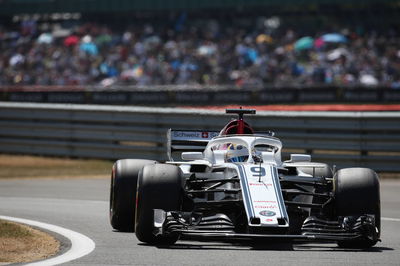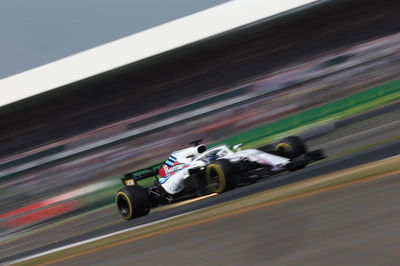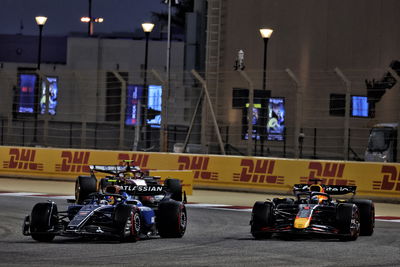Sauber introduces DRS functionality tweaks at German GP
Sauber has tweaked the functionality of its Formula 1 DRS system in a bid to prevent similar incidents to Marcus Ericsson’s heavy crash at the British Grand Prix.
Ericsson suffered a high-speed crash that ended his race at Silverstone after he failed to close his car’s DRS in time heading into the Abbey right-hander while chasing Force India’s Sergio Perez.

Sauber has tweaked the functionality of its Formula 1 DRS system in a bid to prevent similar incidents to Marcus Ericsson’s heavy crash at the British Grand Prix.
Ericsson suffered a high-speed crash that ended his race at Silverstone after he failed to close his car’s DRS in time heading into the Abbey right-hander while chasing Force India’s Sergio Perez.
The DRS-induced incident has resulted in Sauber making changes to the functionality of its DRS system ahead of this weekend’s German Grand Prix, meaning that the activation flap will now close automatically once a driver completely lifts off.
Previously the DRS flap would close only under heavy braking or through the manual application of the button which is located on the steering wheel of each F1 car.
“We didn’t change the button but we changed a little bit the system of how it works. Now as soon as we lift off it will close whereas before it didn’t do that,” Ericsson said.
“We changed the functionality there. If you lift 100 percent it will close. But not if you lift a little bit. So that corner you lift a little bit and you go on, and now you its as soon as you lift.”
Ericsson said the problem was exacerbated at Silverstone due to the new DRS zone implemented through the high-speed sweeping Turn 1, allowing drivers with the choice of whether to attempt going through the corner with the rear wing flap wide open.
“I have to hit the button but in normal DRS zones it’s never a lift, you always brake,” he explained. “So this problem was never occurring before because you always had heavy braking.
“But at Silverstone it was more like a half lift through the corner, so you had to de-activate it manually and I was trying to do it as late as possible every lap.
“I missed it and then I lost the car. Even if you miss it, you don’t have much time to do it again because you are already in the corner and then you are a passenger.
"Then that lap I just missed it but it resulted in a big crash and we had to change the procedure.”
The Swede admitted he will also change his approach and allow for a bit more margin when facing a similar scenario in future.
“I will take a bit more margin out in these kind of corners,” he said. “At Silverstone I was trying to switch off as late as possible to lose as little lap time as possible and looking at what happened, it’s best to have a bit of margin even if you lose a few hundredths.”












